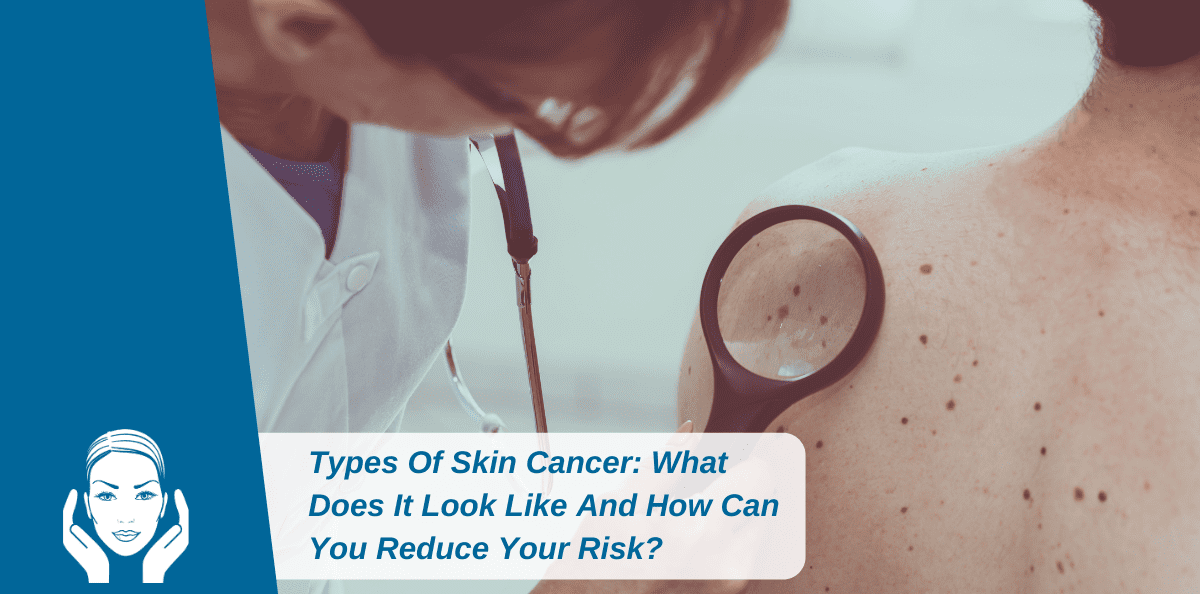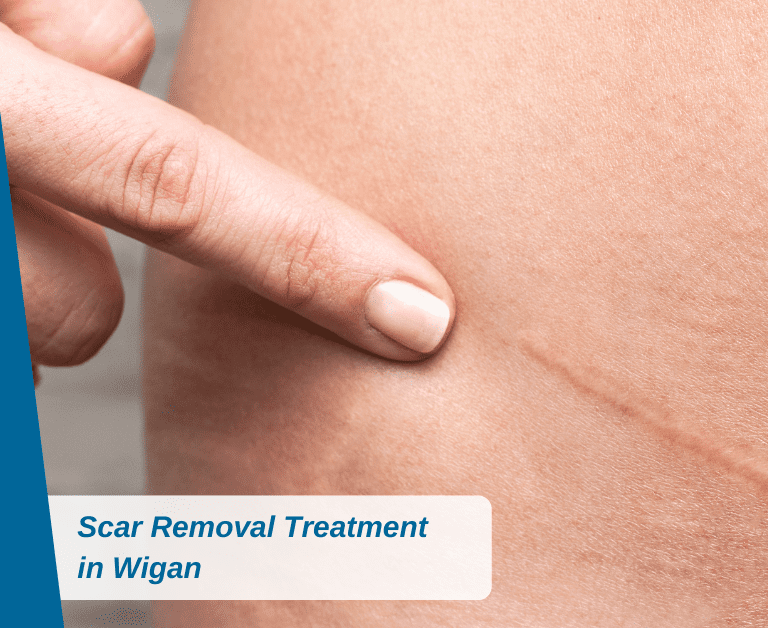Types Of Skin Cancer: What Does It Look Like And How Can You Reduce Your Risk?
If things proceed as planned, we could all be enjoying our freedom by the time summer shifts into gear. And after what has been an incredibly challenging year, who could blame us for wanting to indulge that little bit more?
One thing to remember, though, is that no matter how eager you might be to soak up the sun, spending too much time in the glow of that most desirable of celestial bodies could have serious implications for your skin.
This is something that many people will be shouting about over the next month, thanks to May playing host to both Skin Cancer Awareness Month and Sun Awareness Week, and we’re getting in on the act a little bit early. We believe that sun safety is something that needs to be on the agenda all year round, with more awareness of sun protection hopefully leading to a decrease in the number of people who develop types of skin cancer.
Find out more about this condition, what it looks like and how to avoid it by reading on below.
What Is Skin Cancer?
Skin cancer is divided into two categories: melanoma and non-melanoma skin cancer. Combined, they make skin cancer the most common form of cancer in the UK.
Non-melanoma skin cancers, which include basal cell carcinoma and squamous cell carcinoma, account for a larger percentage of skin cancer diagnoses. Crucially, these are the least dangerous types of skin cancer and are often easy to treat.
Melanoma, on the other hand, is considerably more serious. It is diagnosed in around 16,000 people in the UK every year and may prove fatal if not detected until a later stage.
The Differences Between The Two
One of the main differences between the two types of skin cancer pertains to where this disease originates. Non-melanoma skin cancer refers to cancers that are found in the basal or squamous cells of the skin. Melanoma emerges in the melanocytes, which are the cells responsible for producing melanin.
The appearance of a new mole or a significant change to an existing one may be indications of melanoma. These can be located anywhere on the body.
The British Skin Foundation suggests following the ABCD method when you perform a routine mole check on your skin, with the existence of one or more of these traits being more than a good reason to seek medical advice. The ABCD method is as follows:
Asymmetry – Do the two halves of a mole differ in shape?
Border – Do you notice anything strange about the edge of one of your moles? Is it a weird shape?
Colour – Is your mole more than one colour? A mix of pink, black and brown perhaps?
Diameter – How big is your mole? Is it larger than 6mm in diameter?
Pain, bleeding or a continual change in mole shape and size could also indicate melanoma.
Non-melanoma skin cancers aren’t normally linked to moles. Instead, they may appear as new growths, sore scabs or difficult-to-manage scaly patches on the skin. Although it is not normally as harmful as melanoma, the variant known as squamous cell carcinoma may spread to other parts of the body. This can result in further complications.
How Skin Cancer Is Caused
It’s believed that 90% of non-melanoma skin cancers are caused by exposure to UV radiation, with this decreasing to 85% in the case of melanoma. The sun, of course, is normally responsible for the emission of UV radiation, although this is also a side effect of using artificial tanning beds.
What can be taken from this is the importance of adhering to sun safety every single day of the year. When going outdoors, it’s always a good idea to wear sunscreen with an appropriate SPF (30 or above for warm weather) and to reapply this every few hours. Experts would also advise wearing a hat, clothing that covers the skin and avoiding direct sunlight, particularly during the hottest parts of the day.
Those with a large number of moles, paler skin, fair hair and a family history of skin cancer should also exercise extra caution in the sun. People who freckle and burn easily are advised to do the same.

North West Aesthetics
At North West Aesthetics, your health is our number one priority. If you suspect you may have skin cancer, we’d always advise talking to your GP or seeking urgent medical attention. We are happy to offer solutions for areas of sun-damaged skin that are not associated with skin cancer but would also like to reaffirm our belief in the value of following proper sun protection measures at all times.
To find out more about us, or to ask any questions, please give us a call on 01942 909 003 or visit our website today.



